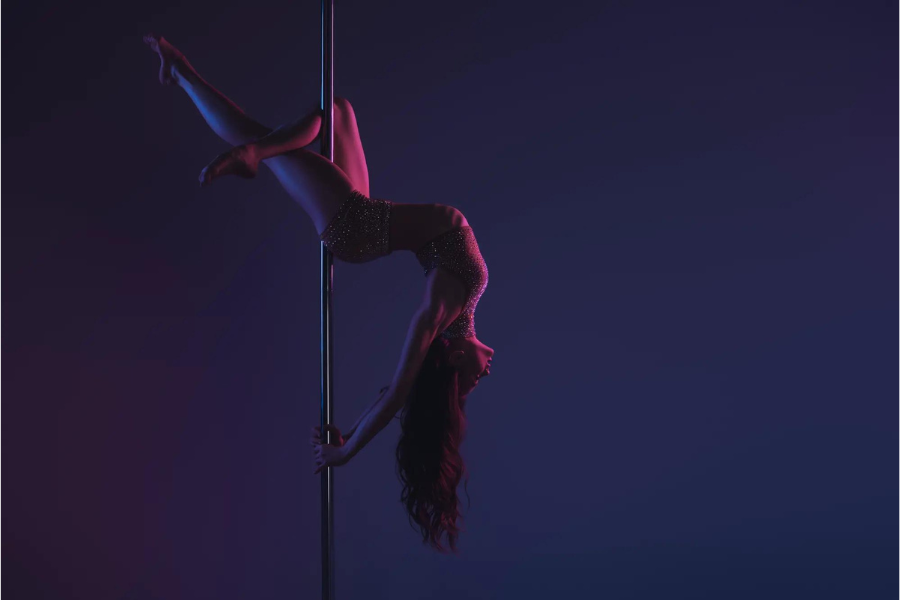· Jennie · Freestanding Poles · 4 min read
40mm vs 45mm vs 50mm Dance Poles (Compared!)
Wondering if you should go with a 40mm, 45mm or 50mm pole? This guide compares dance pole sizes head to head on factors including popularity, gripping, dance moves and much more.
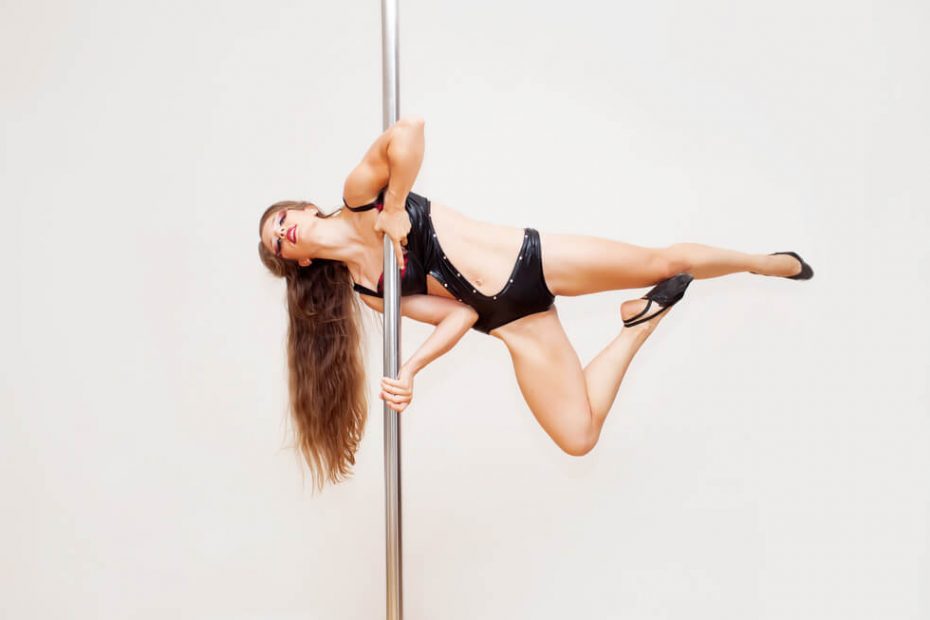
Wondering if you should go with a 40mm, 45mm or 50mm pole? You are not alone. It can be really daunting to find the perfect size that suits you.
But don’t worry, this guide is for you!
In this post, I’ll compare the 40mm, 45mm, and 50mm dance pole sizes head to head on a range of factors including their popularity, gripping, dance moves and much more.
Without further ado, let’s get started.
Also read Best Freestanding Dance Poles
40mm vs 45mm vs 50mm Dancing Poles
The main difference between 40 mm, 45 mm and 50 mm dance poles is that 40 mm poles are great for petite dancers with smaller hands, while the 45mm poles are the industry standard and most popular size. On the other hand 50mm poles are great for leg grip moves and they make your grip strength stronger.
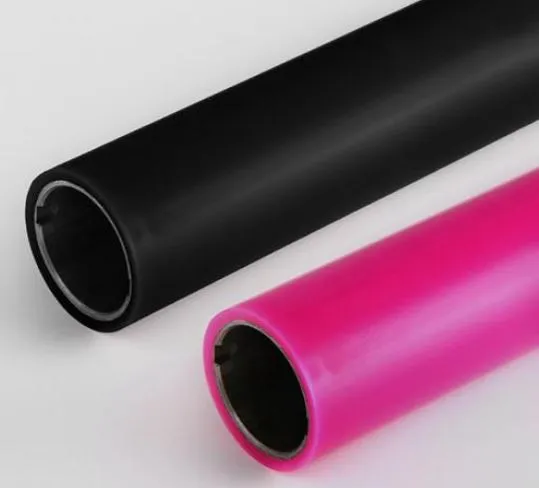
Let’s take a look at these and other factors in greater detail:
Popularity
45mm is the most popular pole size and is used in thousands of studios and homes by beginners to experts. 45mm is considered to be the industry standard and the norm for contests.
50mm poles were the first dancing pole sizes and they are still used throughout all these years. However there’s a good chance they’ll become obsolete soon due to how hard they are to grip compared to other sizes.
40mm poles are quickly starting to gain popularity and will probably be made the industry standard soon.
Gripping
Grip is the main factor that should be taken into consideration when deciding the pole size. 40mm poles are perfect for dancers with small hands it might be kinda hard (even painful) to wrap your hands around the 50mm pole
But if you have larger hands, 50mm is the ideal choice. 45mm is alright for both but people with very small hands will still find it hard to get a firm grip.
Overall, both 40mm and 45mm poles are great for hand grips while 50mm poles are better for body or leg grips.
Dance Moves
The second most important factor to consider is what moves you will be doing, are you a beginner doing smaller tricks or are you a pro?
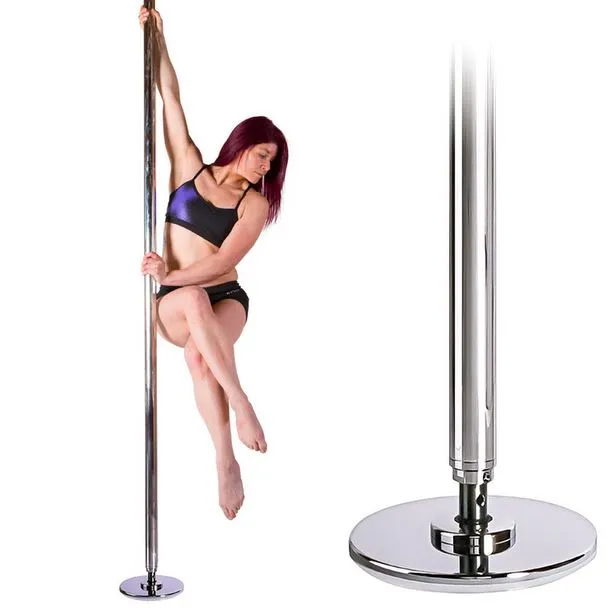
If you are a beginner you won’t be doing much leg gripping or climbs, so 40mm or 45mm is a better choice, plus spins are easier on them.
50mm poles on the other hand are great for sits, thigh holds and all sorts of leg moves.
Finishes
Both the 45mm and 50mm pole sizes are available in stainless steel, powder coated, titanium, silicone, chrome and brass finishes.
But 40mm poles are only available in brass and chrome finishes.
Spin
Dancers often spin well on 40mm poles than 45mm or 50mm poles because the smaller the diameter, the easier it is to spin. Plus, it’s smoother too.
It would be a bit difficult to spin on a 50mm pole, especially for dancers with small hands.
Prices, Weight & Stability
There is little to no difference between the prices, pole weight and stability of any of these pole sizes. They are so small that it shouldn’t even be factored into your decision.
However if you have super high ceilings, the 40mm might be less stable or secure.
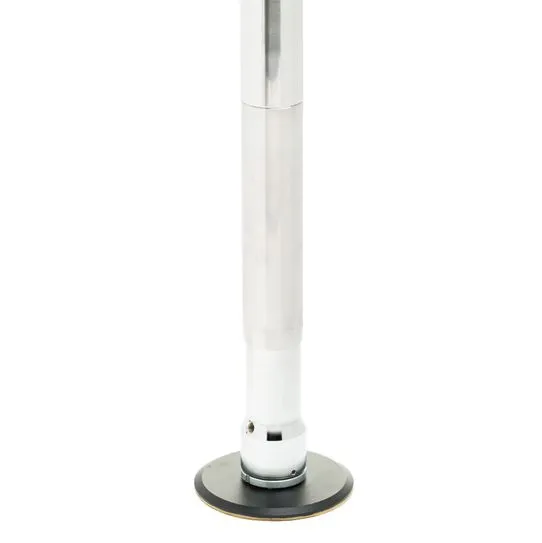
Other Factors
If you regularly practice with a 40mm pole, you are going to find it difficult to dance on larger sizes and a full transition will take a lot of time.
But if you use a 50mm pole, dancing on 40 mm or 45mm poles is going to feel normal, or maybe even easier.
Also read Pole Dancing Shorts
Conclusion
If you have small hands or stature, a 40mm pole is a good choice. If not, I recommend selecting a 45mm pole because they are the standard for competitions and you don’t wanna practice on 40mm and be presented to a 45mm on the day of the competition.
Or you can select whatever size they have at your studio. It all depends on personal preference and I hope this article gave you a good idea of what to expect.
However, the only way to know for sure which size is best for you is to try them all out and see which one feels the best.


